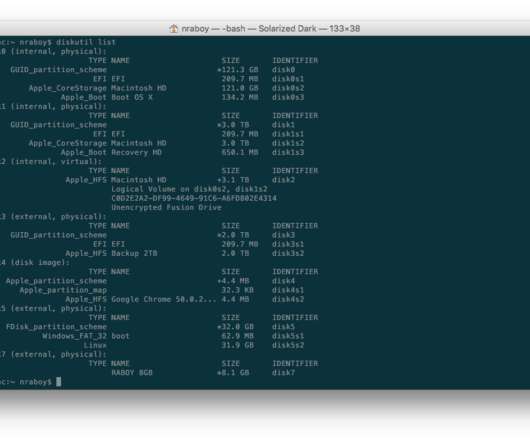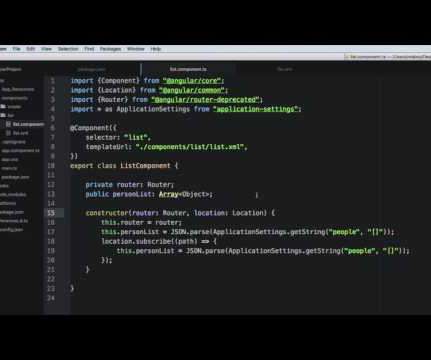Serverless Reference Architecture with AWS Lambda
All Things Distributed
MAY 10, 2016
Building your applications with only managed components has become very popular, and AWS Lambda plays a crucial role in that. I see a tremendous interest in examples how to build such applications, and articles such as " The Serverless Start-Up - Down With Servers! " about teletext.io are read eagerly around the globe. If you are looking for more examples there are the Lambda Serverless Reference Architectures that can serve as the blueprint for building your own serverless applications.




























Let's personalize your content